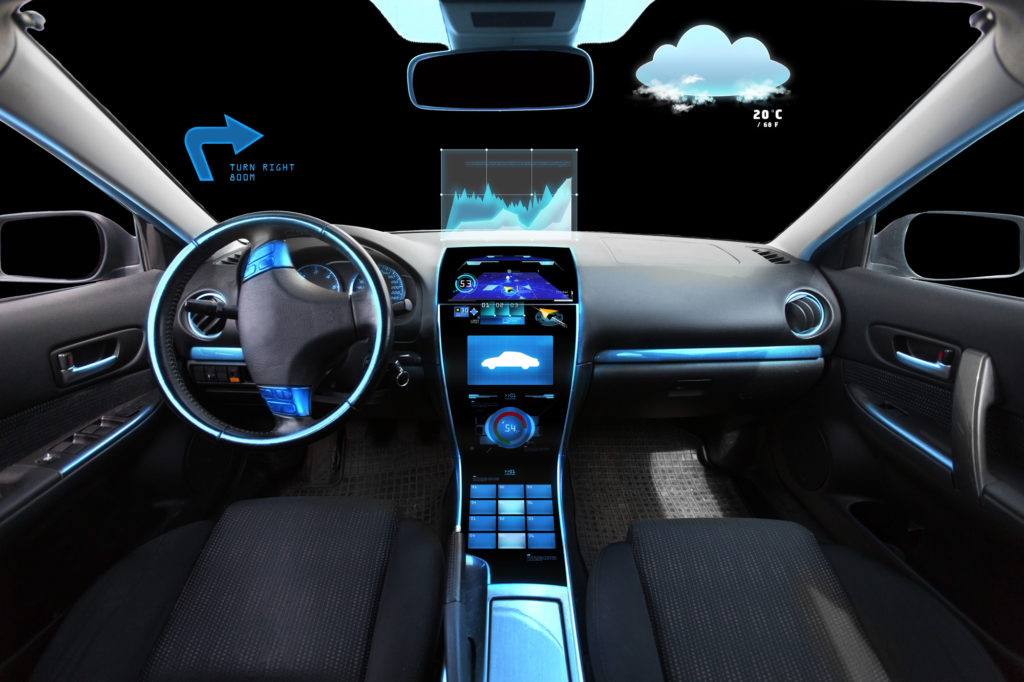This market research report was originally published at the Yole Group’s website. It is reprinted here with the permission of the Yole Group.
DMS rely on a simple optical architecture, low resolution and old CIS technologies
Twice a month, Yole SystemPlus analysts share the noteworthy points from their automotive Teardown Tracks. Today, Arnaud Morillon, Baptiste Desbois, Maël Fontaine and Peter Bonanno, Technology & Cost Analysts at Yole SystemPlus, take us to the heart of Chinese cars’ DMS and their CIS (CMOS Image Sensor).
The primary goal of a DMS is to enhance safety and prevent accidents by ensuring that the driver remains alert and in control of the vehicle. These systems are expected to gain prominence in the coming years as new regulations are on the verge of being implemented. Europe will set the ball rolling in 2026 with the obligation for new vehicles to be equipped with a DMS with functions to detect driver drowsiness and distraction. The USA is expected to follow close behind, and China’s mandatory standards for DMS may be implemented in 2027. This is contributing significantly to the impressive growth in revenue from in-cabin camera modules, estimated at 34.7% between 2022 and 2028 (source: Yole Intelligence (1)).
Yole SystemPlus and Yole Intelligence are part of Yole Group.
Highlights from Yole SystemPlus Automotive Teardown Tracks


Continuing its review of Chinese automotive systems, Yole SystemPlus carried out the teardowns of three DMS built for the Li Auto L9, the Ora “Cat” family, and the Aito M5 from SERES (now acquired by Huawei).
Analysis of the image sensors reveals that two sensors come from OmniVision Technologies, a CIS market leader, and the third one from Infineon. Both OmniVision sensors feature low resolution (< 2 Mp) and are based on the OmniPixel 3-GS (Global Shutter) technology using front-side illumination (FSI) developed over seven years ago. This shows that no advanced technology is required to operate the driver eye tracking function in these vehicles. The Infineon sensor found in the M5 uses a newer 3D indirect Time of Flight (3D i-ToF) technology that enables more sophisticated – but also less essential – functions such as gesture recognition and facial recognition, in addition to view tracking. This can be considered more of a luxury design choice than one strictly for safety.

Also worth noting is that the DMS systems rely mostly on inexpensive molded plastic lenses as opposed to ground glass lenses in external cameras. For NIR light sources, two of the three systems, those in the L9 and M5, opted for VCSELs, which are more costly and better performing than the less expensive LED source in the Ora system.

Stay tuned for our next What’s in the box? review!
References
- “Imaging for Automotive 2023” – Yole Intelligence – https://www.yolegroup.com/product/report/imaging-for-automotive-2023/
Yole SystemPlus Automotive Teardown Tracks are the result of detailed physical and costing analyses. They are carried out by experts with academic and industrial backgrounds in the semiconductor domain. Yole SystemPlus Automotive Teardown Tracks offer a clear and fruitful understanding of the technical choices made by the leading manufacturers. It also reveals accurate insights related to manufacturing costs.
The company covers the overall supply chain from the components to the system. Based on daily technical and industrial monitoring, Yole SystemPlus has significant expertise to support innovation.


